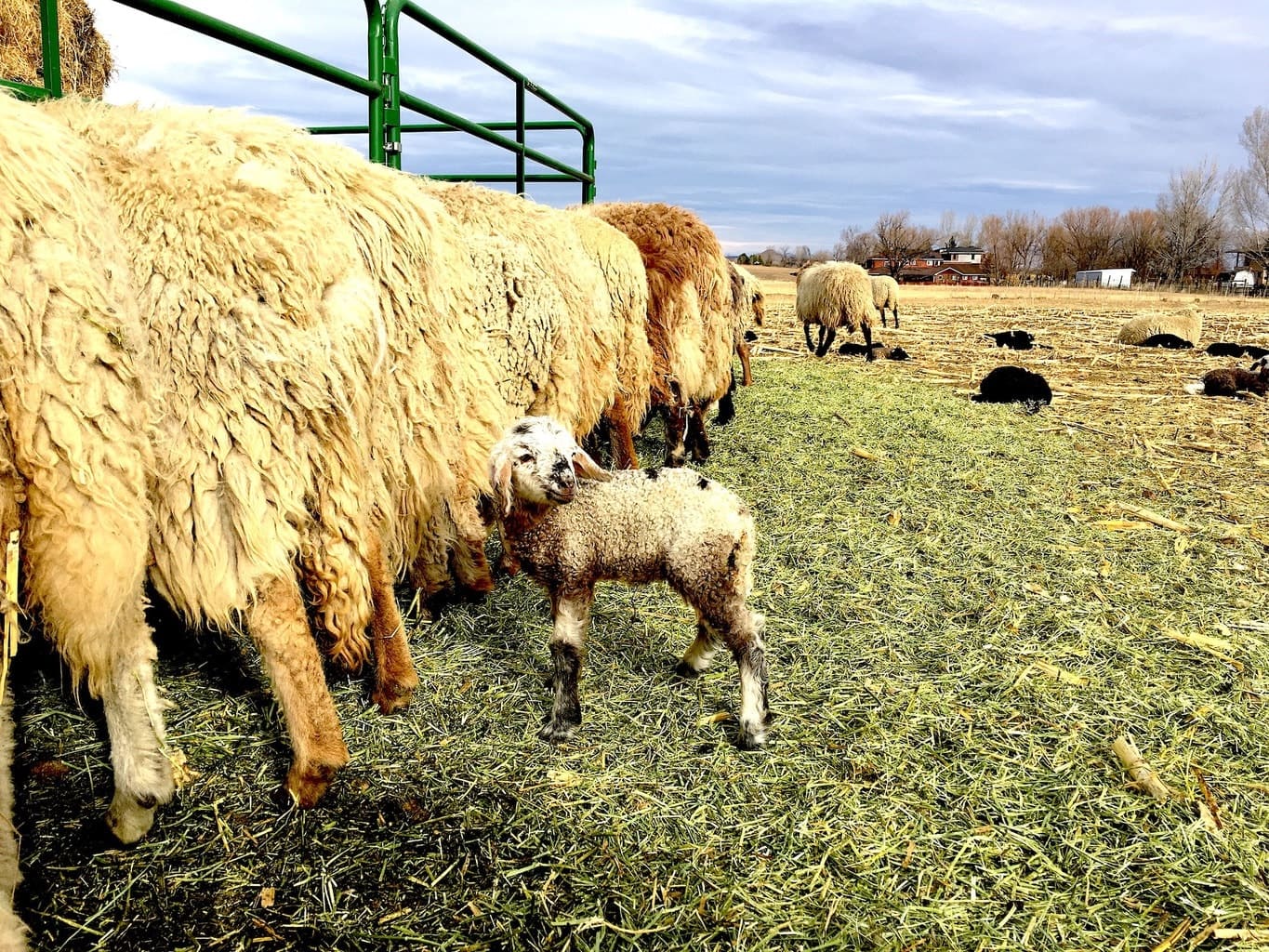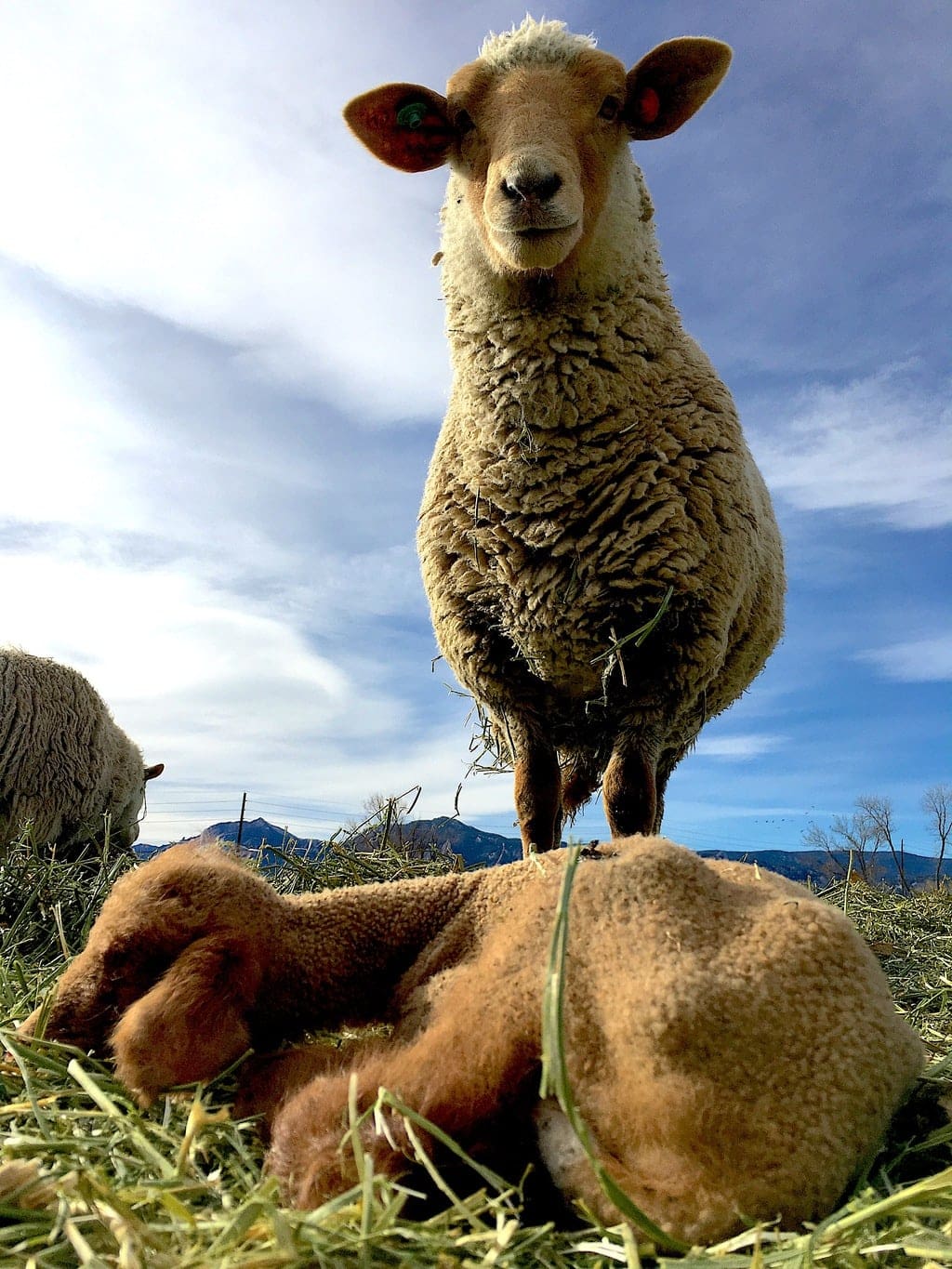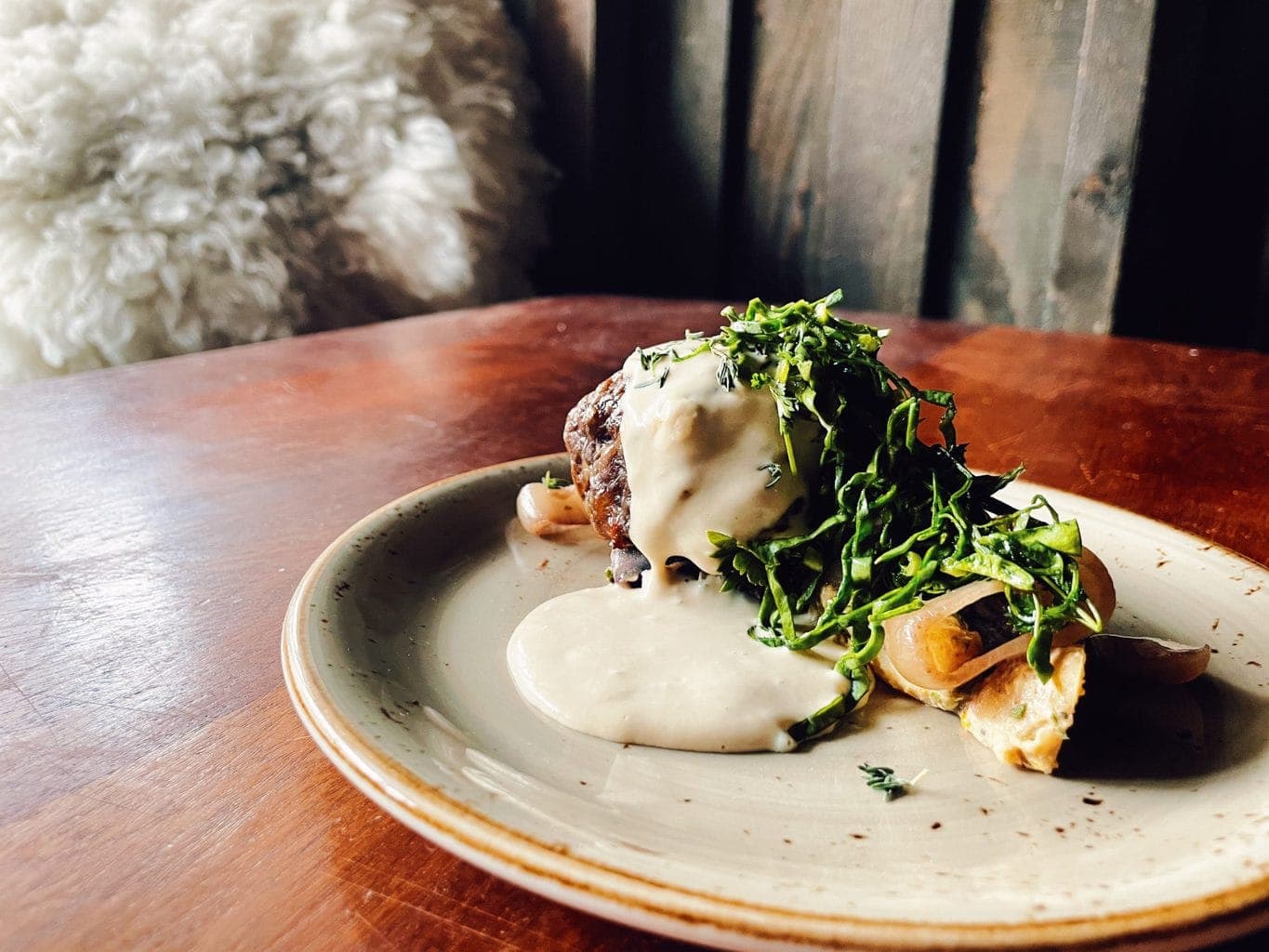
They have been arriving nearly every day since December, the tiny lambs.
https://www.youtube.com/watch?v=c5rhpqgXWfA
Their moms, the ewes, have been heavy with offspring, in many cases twins, for months; the gestation for lambs is 152 days, give or take. Now lambs totter around the fields on those unsteady, stilt-like legs while ewes (we care for about 110 ewes) and our akbash sheepdogs watch over them. And those ewes that have not yet given birth plod here and there, from watering pond to hay, when they aren’t resting on their stomachs in the grass or on the snow.
https://www.youtube.com/watch?v=_QUKjE40X_4
And the rams — we keep only three — trot across the fields as well. They project a certain kind of pride. Frankly, without deep study of their miens the attitudes seem to verge on arrogance. But no, our rams are not vainglorious; instead, they are just stern, serious. And yes, awfully proud, too.
https://www.youtube.com/watch?v=ykf7CpFbD28
Just five miles away from our 100-acre sheep pasture, which also supports an acre of asparagus and a field for crops (last year, it was polenta corn), another kind of momma is also having babies. The ewes may feel freighted with offspring during the last few weeks of their pregnancy, but they don’t understand true heft. Pigs — now there is an animal for which “freighted with offspring” fully resonates.
Our eight sows give birth throughout the year — there isn’t a single “season” for pig birthing, as gestation is about 114 days and boars and sows mate throughout the year. Each birth event produces multiple piglets; the average is somewhere between 8 and 12.

We practice extremely hands-on, and humane, animal husbandry throughout the year, but when lambing season arrives the game gets upped dramatically. The animals are central to all that we do at Black Cat Farm, and farm-to-table without this key piece of the puzzle would feel incomplete. The whole operation — pigs, sheep, wheat, tomatoes, Belgian endive, chickpeas, artichokes, beets and on and on and on — is of a piece.

